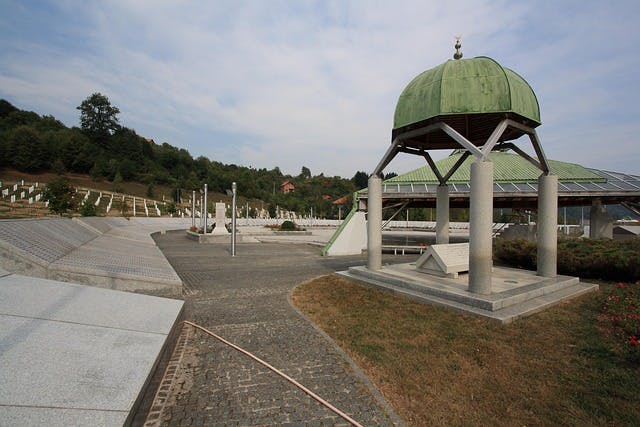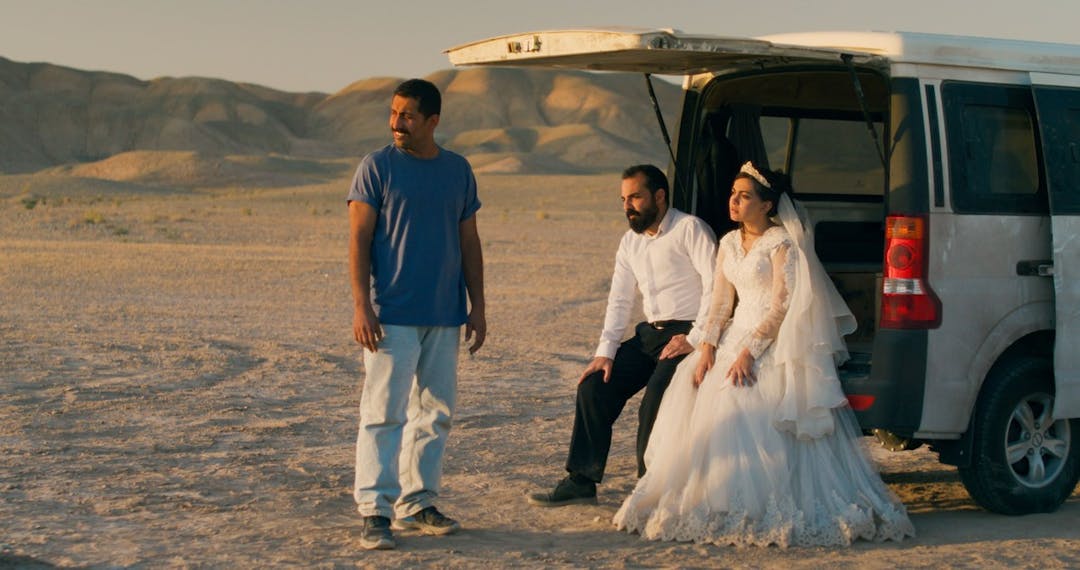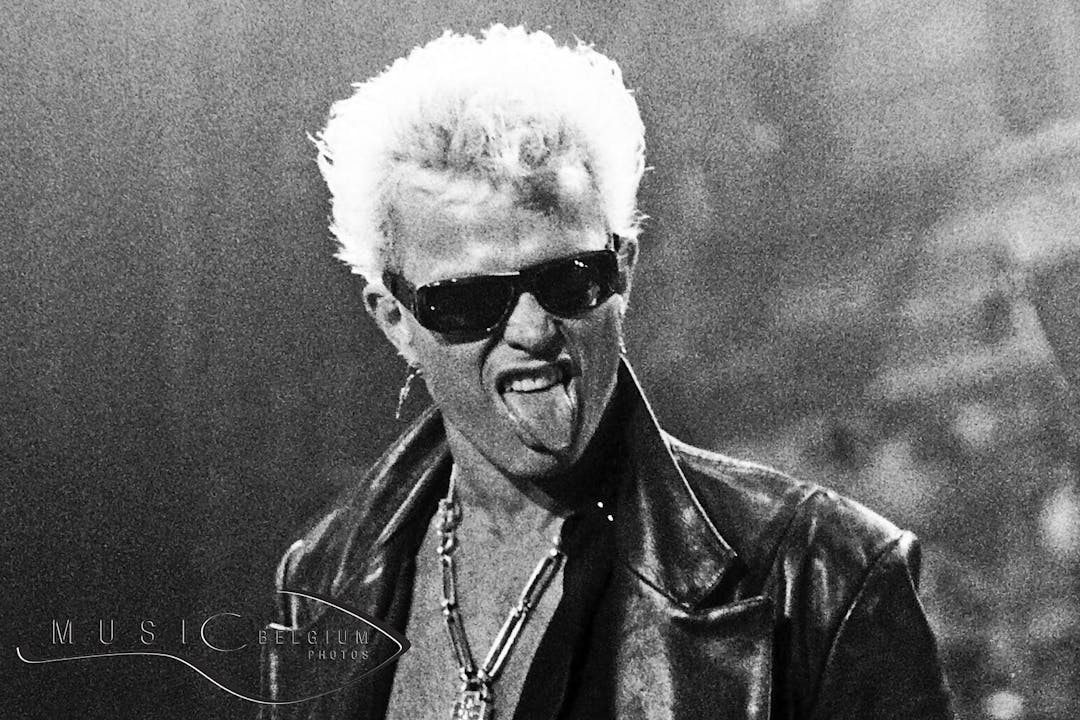
TAGTIK NEWS - TO THE POINT
Srebenica: 30 years after Europe’s last genocide

Correcting the narrative of the horrific anniversary
July 11, 2025 is the 30th commemoration of the Srebrenica genocide in Bosnia. More than eight thousand people were killed, leading to the first convictions for genocide and crimes against humanity in Europe since World War II.
The haunting images of starving Bosniak men behind wire fences were broadcast around the world and served to frame the atrocities. But 30 years on, the people of Bosnia are still coping with the violence that went far beyond Srebenica itself.
Full scope of the events
Commemorating the massacre narrows the scope of the crimes to a single act or moment of violence.
Yet the full scope of the horrific events included the siege of the town, famine, mass rapes, several mass killings and the systematic destruction of civilian life over a period of four years. Labeling this as merely a single massacre strips away the broader, coordinated intent of extermination - and erases much of the suffering endured by survivors to this day.
The campaign was run under the orders of Serbia's Radovan Karadžić. He commanded the Army of Republika Srpska (VRS) to make the life of the Bosniak population in Srebrenica and Zepa unbearable through military operations and depriving them of humanitarian aid. This, according to documentary filmmaker Melina Borčak, “aligns closely, almost verbatim, with the Geneva Convention’s definition of genocide”.
The parallels with current conflicts in Sudan, Ukraine and Gaza are hard to miss.
‘Flowers of Srebrenica’, a play intended to draw parallels between 1990s crimes and current conflict realities, will premiere next month in Sarajevo and will subsequently be performed in Tuzla, Belgrade and London.
LATEST NEWS

Jafar Panahi Wins New York Award and is Sentenced to Prison by Iran

Born on December 2: Peter Kingsbery, founder of Cock Robin with firebrand Ana LaCazio

Born on December 1: Julee Cruise, "Twin Peaks'" haunting voice

Born on December 1st: Alain Bashung, French rock poet who waited a long time for success

Born on November 30: Billy Idol, the (kind) rebel of Generation X

Born on November 28: Randy Newman tells stories and makes movies
Quick links